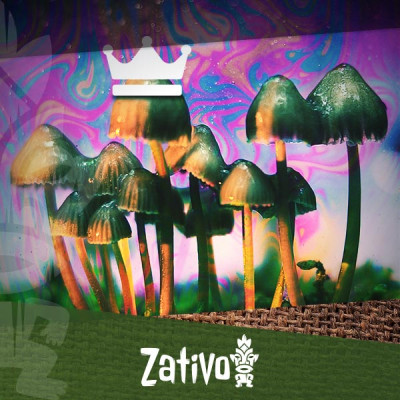Don't have an account?
Register NowYou have to add to cart at least 5 bottles or any program to make checkout.
- Blog6 Psychonauts Who Changed The Way We Think About Psychedelics
6 Psychonauts Who Changed The Way We Think About Psychedelics
Published: April 2nd, 2020
Categories:
Fun Stuff • Other subjects
SOCIETY IS STARTING TO TAKE PSYCHEDELICS SERIOUSLY
As far back as the 1950s and '60s, psychedelic medication was used to help patients suffering from depression, as well as other symptoms related to psychological or terminal illnesses. Thanks in large part to the US-led “War on Drugs”, this research stalled in the 1970s and has only begun to pick up traction in recent years.
Psilocybin and psilocin (the psychedelic components of magic mushrooms), LSD, MDMA, and mescaline (found in the peyote cactus, among others) may well have therapeutic uses to help with various conditions. This includes helping with issues like obsessive-compulsive disorder, depression, alcoholism, cluster headaches, and PTSD.

6 INFLUENTIAL FIGURES WHO CHANGED OUR PERSPECTIVE ON PSYCHEDELICS
Today, thanks to these 6 psychonauts who changed the way we think about psychedelics, science is again considering the role of psychedelics in medicine.
TIMOTHY LEARY
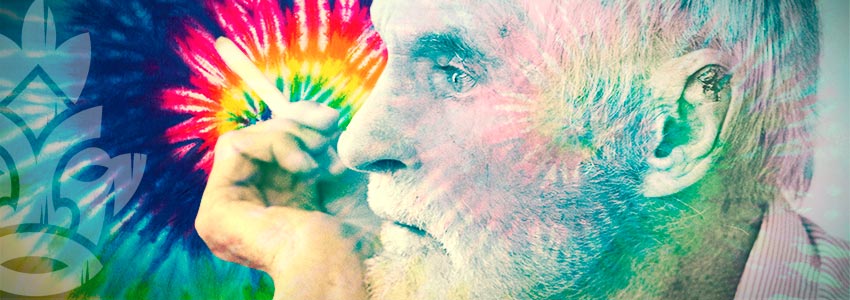
Born in 1920 in Springfield, Massachusetts, Timothy Leary was a renowned psychologist whose writings extensively covered the way in which psychedelic drugs could be used therapeutically.
In the 1960s, Leary was appointed to Harvard University as a clinical psychologist. This was where Leary first experimented with the therapeutic use of psychedelics in a controlled setting, and pioneered two landmark experiments as part of the Harvard Psilocybin Project. During his tenure, he was responsible for the Concord Prison and Marsh Chapel experiments.
In the Concord Prison Experiment, Leary’s research demonstrated how a system of psilocybin-assisted group therapy, and a structured post-release programme, dramatically reduced the recidivism of prisoners after leaving jail. In the Marsh Chapel Experiment, Leary showed that the compound could promote a positive and profound spiritual experience in subjects.
Leary himself was a proponent of LSD use in psychiatry—both as a psychiatrist and a patient. Upon being dismissed from Harvard, he became a well-known counterculture figure who spoke widely on the benefits of consciousness-expanding drugs. During this time, he was arrested frequently and was considered by President Richard Nixon as “one of the most dangerous men in America”.
Leary also coined the phrase “directed dying”. He was diagnosed with inoperable prostate cancer in January 1995 and decided to control and manage his pain using various substances. Led by Chris Graves, Leary’s website team ran an informative early version of a blog that showed the substances he was taking, and their doses. In particular, Leary eased his pain with doses of nitrous oxide, LSD, and other psychedelic drugs. Leary passed away in May 1996 in Los Angeles.
ALBERT HOFMANN
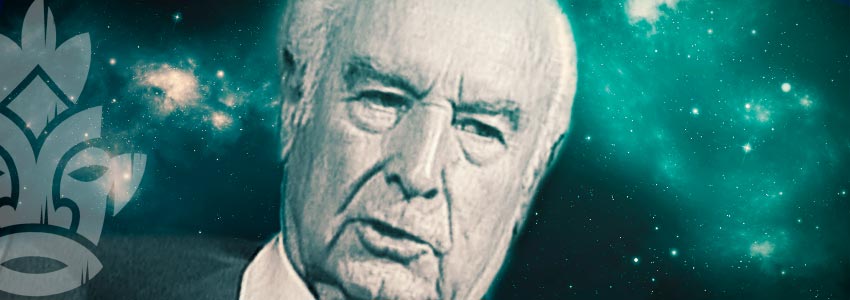
Albert Hofmann is the scientist who managed to isolate and synthesise the psychedelic compounds in magic mushrooms: psilocybin and psilocin. When the Swiss chemist was working in his laboratory in April 1943, Hofmann became the first person to create, ingest, and ultimately discover the effects of LSD.
During his experiment, Hofmann accidentally absorbed an unknown amount of lysergic acid diethylamide, and the subsequent unrest caused him to cancel his work. Deciding to investigate further, Hofmann intentionally dosed himself with 250 micrograms of LSD and then documented the strange physical effects that ensued. He felt the effects of the drug kicking in hard on his bicycle journey home—leading to April 19th being known as "Bicycle Day" among psychonauts.
For the entire duration of his adult life, Hofmann was an outspoken champion of using psychedelics. LSD, in particular, was a drug that he deemed a “medicine for the soul”. Shortly before his 100th birthday, Hofmann also discussed his frustrations with the fact that drug bans were used as a political tool against ‘60s counterculture.
WILLIAM S. BURROUGHS
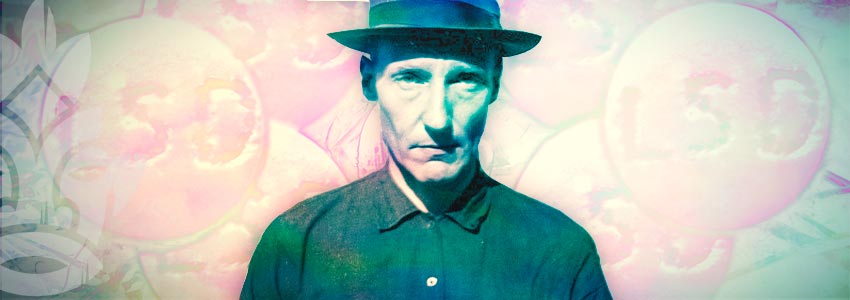
The American writer and artist William Seward Burroughs II was not only one of the primary figures of the Beat Generation, but also an outspoken drug advocate for most of his life.
Burroughs was a drug user himself, and battled heroin addiction and relapse, kicking his habit in the early ‘70s but relapsing several times. By the time of his death, Burroughs was using methadone, and perhaps as a result of his first-hand experiences, was fascinated by the ways various substances interacted with the mind and body.
As an anti-authoritarian, Burroughs was intrigued by the way in which the government attempted to curtail their free use. In the early 1950s, Burroughs travelled on a 7-month-long expedition to the Amazon rainforest in search of yagé. Now known as ayahuasca, Burroughs hoped the drug might help cure him of his heroin addiction. This experience is detailed in notebooks and letters to Allen Ginsberg which made up The Yage Letters.
During the 1960s, the scientific and psychiatric communities were fighting to find a way to keep LSD legal, and Burroughs was an invaluable ally. Aside from his original writings, he contributed to work alongside other psychonauts such as Timothy Leary, writing detailed and impressive distinctions between narcotics and psychedelics. Burroughs’ documentation and first-hand experiences of drug use have greatly increased our knowledge of the effects of many drugs.
TERENCE MCKENNA
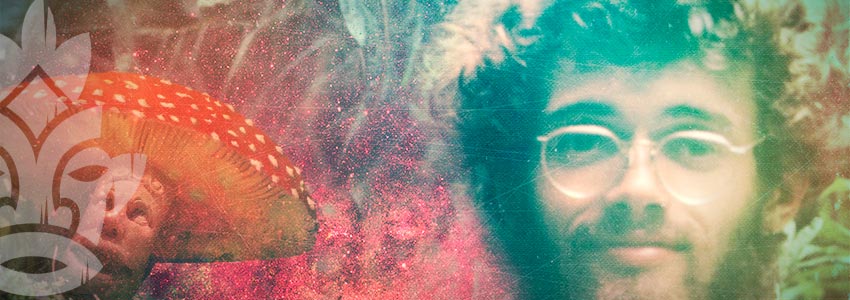
Ethnobotanist, mystic, psychonaut, author, lecturer, and a strong advocate for the responsible use of natural psychedelic drugs, Terence McKenna was widely considered the Timothy Leary of the ‘90s.
McKenna believed in the exploration of states of mind through ingesting natural psychedelics like mushrooms, ayahuasca, and DMT. This all came together in his book Food of the Gods, which was a coherent and well-researched argument that plants and fungi have always been part of the human diet.
His writings are considered moving, educational, and eloquent discussions of the role of psychedelics, and required reading for those exploring the potential roles of these drugs in their lives.
STANISLAV GROF
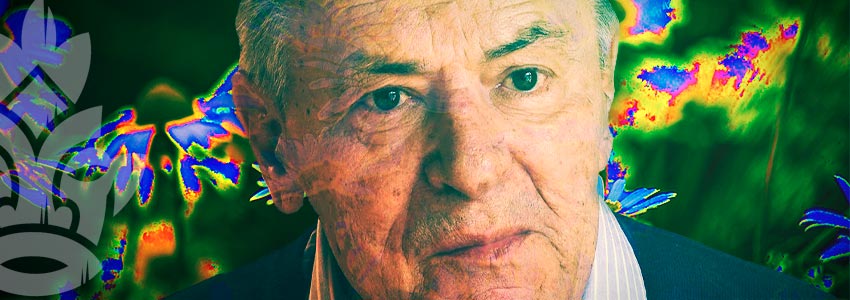
Czech psychiatrist Stanislav Grof is one of the founders of the field of transpersonal psychology. As a researcher, he focuses on altered states of consciousness as a way to understand healing and growth of the human psyche.
Grof made his name with early studies of LSD, in what is considered preliminary work in the field of psychedelic therapy. He constructed a theoretical framework of psychology, which utilised LSD trips as a way to develop a cartography of the human psyche.
After LSD use was suppressed in the late ‘60s, Grof worked to develop a theory that many states of mind could be explored through breathing techniques, which he trademarked “Holotropic Breathwork”.
ALEXANDER SHULGIN
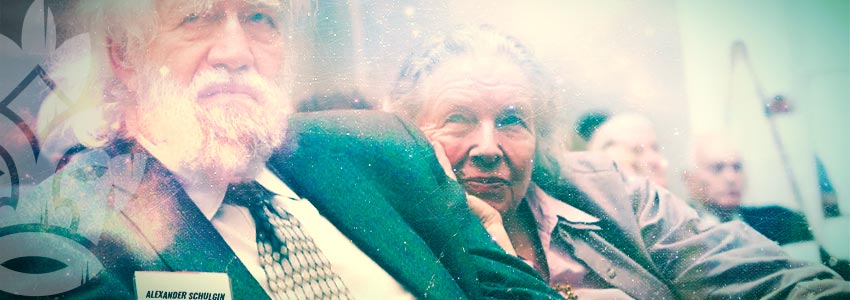
California native Alexander Theodore Shulgin and his wife Ann were unapologetic pioneers of the therapeutic use of psychedelics. Shulgin, a pharmacologist, biochemist, and author, was an active member of MENSA.
In the late 1970s, Shulgin introduced MDMA to psychologists to help assist with therapeutic breakthroughs. Shulgin was interested in the effects that psychoactive compounds had on humans, particularly when it came to opening up the mind and emotions.
This culminated in the books PIHKAL_ and _TIHKAL—_Phenethylamines I Have Known And Loved_ and Tryptamines I Have Known And Loved, respectively—in which Shulgin and his wife detail their experiences with psychoactive drugs. Hence, Shulgin is considered a trailblazer in analysing how these drugs interact with people.
Of the compounds that Shulgin discovered, his most famous discoveries were those of the 2C and DOx families. Thanks to his extensive writings and research, Shulgin is often referred to as the "godfather of psychedelics".
YOU MIGHT ALSO LIKE
Related blog posts
- » Which Chemicals Power Your Psychedelic Experience?
- » How To Find A Trustworthy Shaman
- » Charas: What Is It And How To Make It
- » How To Prepare For Any Psychedelic Experience
- » All You Should Know About Hawaiian Baby Woodrose
- » The 10 Most Prominent Cannabinoids And Their Properties
- » Microdosing Magic Mushrooms and Truffles

